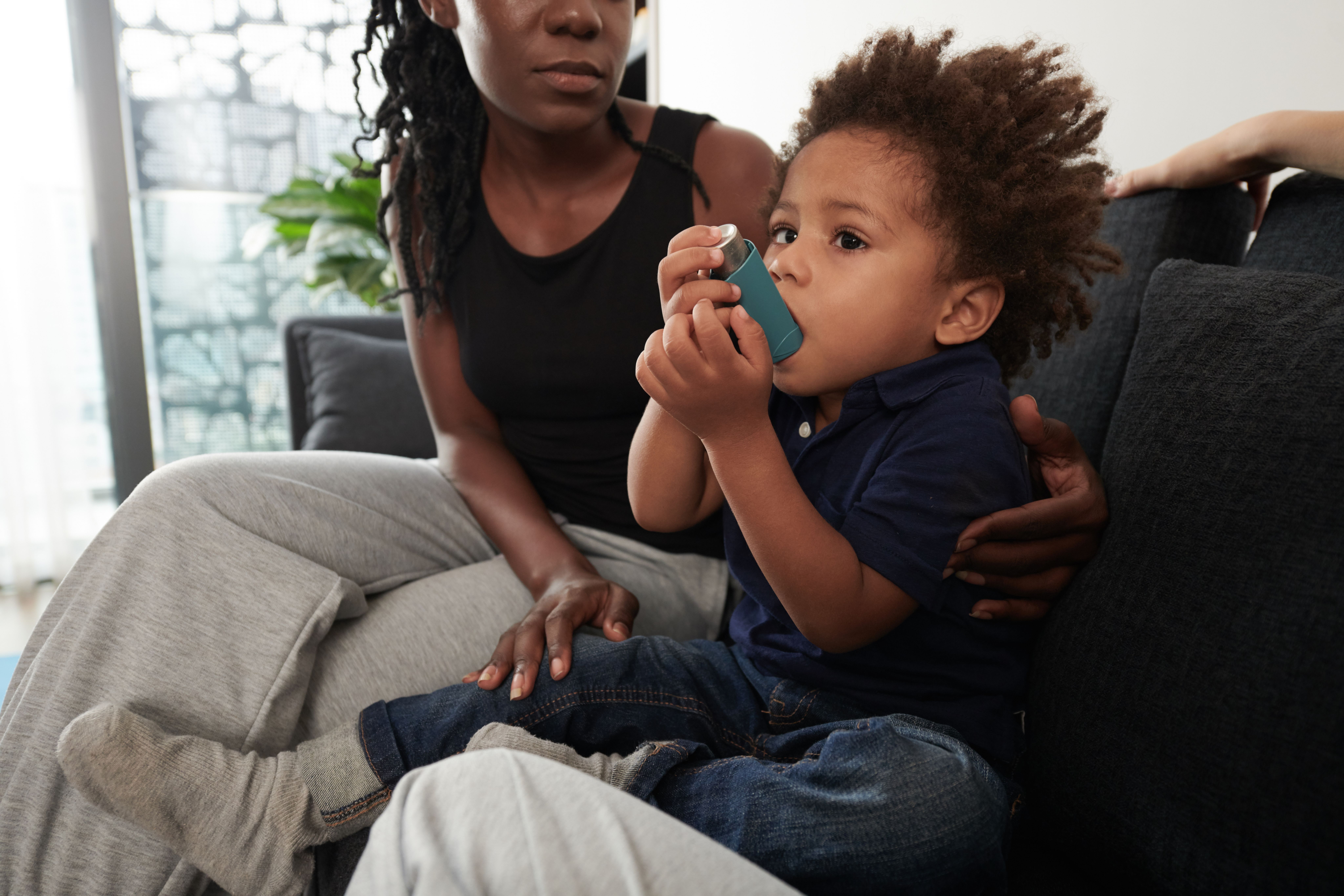- Center on Health Equity & Access
- Clinical
- Health Care Cost
- Health Care Delivery
- Insurance
- Policy
- Technology
- Value-Based Care
Improving Certain Socioeconomic Factors May Reduce Rates of Childhood Asthma
Social-, education-, and economic-related factors of communities may reduce childhood asthma, according to one study.
Neighborhoods with improved socioeconomic and educational opportunity index scores were associated with lower rates of asthma-related emergency hospital visits among children younger than 5 years, according to new research.

“The Child Opportunity Index (COI) incorporates 29 different measures of social determinants of health into one single measure. Our findings highlight that higher overall opportunity scores of a child’s neighborhoods are associated with lower rates of emergency room visits for asthma-related illness,” Jordan Tyris, MD, hospitalist, lead author of the study, said in a statement.1 “In particular, the socioeconomic and educational measures drove this association. This tells us that improving socioeconomic and educational factors in areas with higher asthma-related ED [emergency department] utilization might help reduce how often children are getting sick from their asthma.”
This cross-sectional story is published in The Journal of Allergy and Clinical Immunology.2
Asthma is a common chronic pediatric disease that may be exacerbated by a child’s living situation and neighborhood. Because this disease is complicated by disparities in care and outcomes among children living in the United States, researchers believed socioeconomic factors may be drivers of inequity rates of asthma in children.
The researchers examined census tract associations between the COI and at-risk rates for pediatric asthma-related emergency visits and hospitalizations among children young then 5 years living in Washington, DC, between January 2018 and December 2019. COI score domains included socioeconomic, health and environmental, and educational factors.
ED and hospitalization rates were adjusted for demographics, including age, sex, insurance status, asthma severity, community violent crime, and limited English proficiency.
A total of 3806 children were included in the study, with a mean [SD] age of 2.4 [1.4] years. The study showed the children in this age group experienced significantly higher rates of asthma. Of these patients, 2132 (56%) had 5852 ED visits and 821 (22%) had 1418 hospitalizations.
Additionally, greater overall, social/economic, educational COI scores were associated with fewer ED visits and risk rates but no associations were found between health/environmental COI and ED rates, as well as between COI and hospitalization rates.
However, the researchers acknowledged some limitations to the study. For instance, the researchers had to work to define the cohorts of children under 5 years with diagnosed asthma, due to the overlap in early childhood between clinical presentations of virally induced wheezing and asthma.
Despite limitations, the researchers believe the study showed how improving community-level social, economic, and educational factors within a specific census tract may alleviate the disproportionate burden of pediatric asthma rates among a very young population of patients.
“These findings highlight the importance of considering efforts to improve social, educational and economic-related characteristics of communities as another method to reduce asthma morbidity in early childhood,” said Tyris in a following statement.1
References
1. Children’s National Hospital. Improvements in social, educational and economic-related characteristics of communities may reduce rates of early childhood asthma. EurekAlert! October 23, 2023. Accessed October 24, 2023. https://www.eurekalert.org/news-releases/1005595.
2. Tyris J, Gourishankar A, Kachroo N, Teach SJ, Parikh K. The child opportunity index and asthma morbidity among children younger than 5 years old in Washington, DC. Journal of Allergy and Clinical Immunology. Published online October 23, 2023. doi:10.1016/j.jaci.2023.08.034
The Breakdown: Breast Cancer Research Awareness Day
August 19th 2025Breast cancer is the second most common cancer among women and the second leading cause of cancer-related deaths among women in the US. In light of Breast Cancer Research Awareness Day, The American Journal of Managed Care® breaks down the most recent advancements in breast cancer prevention, screening, and therapies.
Listen
ATTR-CA Variant Disproportionately Impacts Black Individuals With Heart Failure
September 16th 2025The transthyretin cardiac amyloidosis (ATTR-CA) variant is more prevalent in Black individuals, increasing the need for more research to assess hereditary links and early prevention awareness.
Read More
